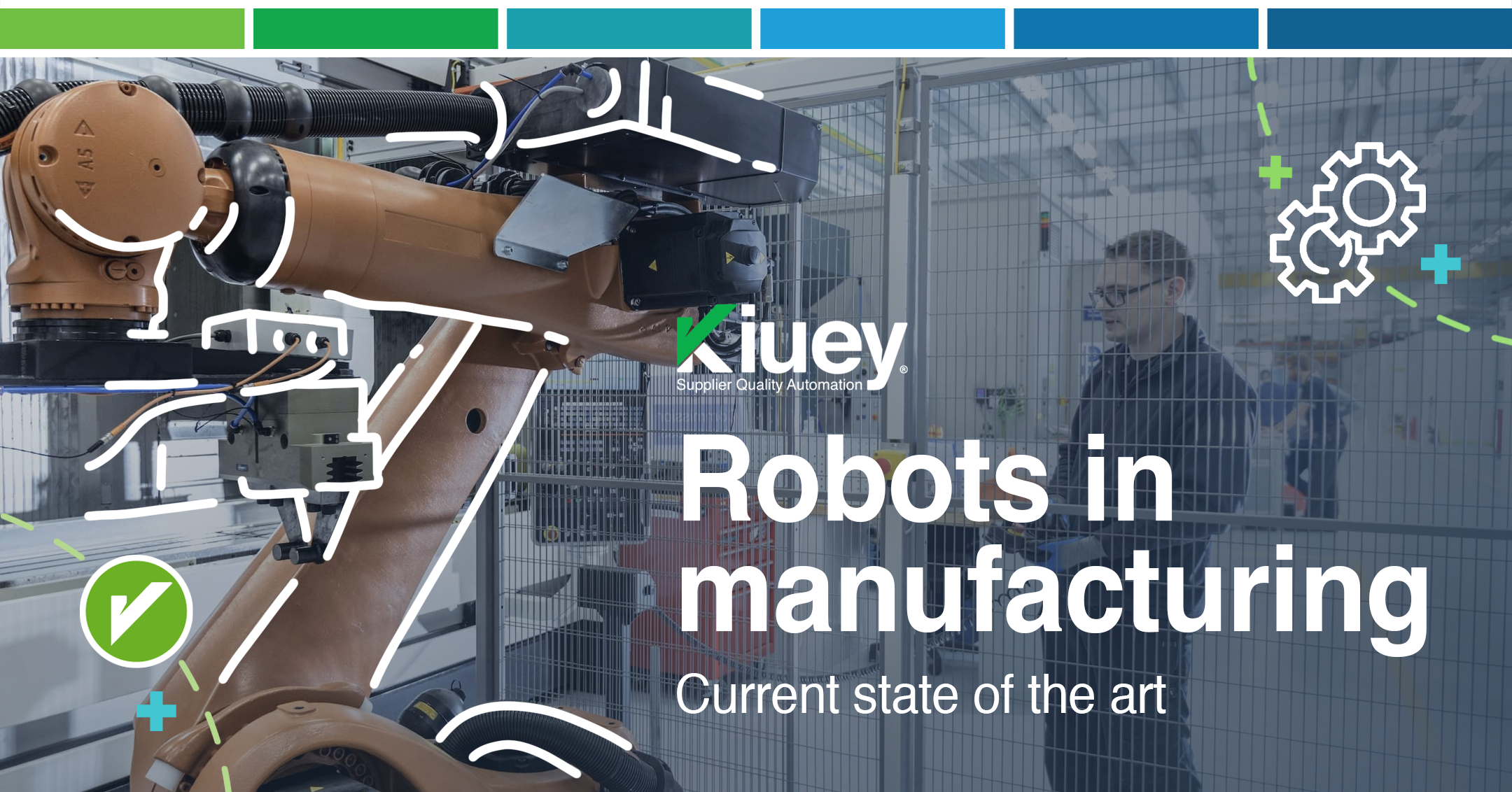
The year is 2024, and the factory floor hums with a different kind of energy. Gone are the days of industrial isolation, replaced by a dynamic dance between human and machine. Robotics, once a symbol of a distant future, has become an integral part of the manufacturing landscape. But this isn’t a scene from a sci-fi movie; it’s a collaborative revolution, where robots are not taking over, but rather working alongside humans to create a more efficient, innovative, and safer manufacturing environment.
AI Integration: The Power of a Smart Partner
The bulky, industrial robots of the past, programmed for repetitive tasks in isolation, are relics of a bygone era. Today’s robots are sleeker, more agile, and most importantly, intelligent. Artificial intelligence (AI) is the driving force behind this evolution. Robots are now equipped with advanced machine learning capabilities, allowing them to adapt to changing environments and make real-time decisions. This not only improves efficiency in well-defined tasks but also opens doors for robots to tackle more complex assignments. Imagine a robot welder not just following a pre-programmed path, but being able to adjust its movements on the fly to compensate for minor variations in the workpiece.
This integration of AI also allows for robots to be more user-friendly. Gone are the days of complex programming languages. Today, robots can be trained through intuitive interfaces, allowing even non-technical personnel to set them up and program them for specific tasks. This democratizes automation, making it accessible to a wider range of manufacturers, especially small and medium-sized enterprises that may not have had the resources for complex robotic systems in the past.
Cobots: Working Side-by-Side with Humans
The rise of collaborative robots, or cobots, is a defining trend of 2024. These robots are specifically designed to work safely alongside human workers. Equipped with sensors and sophisticated vision systems, cobots can anticipate human movements and adjust their own movements accordingly, eliminating safety concerns. This collaborative approach allows for a more optimized workflow. While cobots handle the heavy lifting, repetitive tasks, and potentially dangerous jobs like welding or painting, human workers can focus on areas requiring dexterity, problem-solving, and critical thinking. Imagine a cobot assisting a human assembly line worker by precisely handing them the necessary components, streamlining the process and reducing fatigue.
The impact of cobots extends beyond just physical tasks. They can also be instrumental in data collection and analysis. Imagine a cobot working alongside a quality control inspector, capturing real-time data on product defects and feeding it into an AI system. This allows for continuous improvement of the manufacturing process and the identification of potential issues before they become widespread.
AMRs: The Rise of the Autonomous Mobile Workforce
Another exciting development is the growing adoption of Autonomous Mobile Robots (AMRs). These robots move freely around the factory floor, handling tasks like material transport, inventory management, and waste removal. AMRs navigate using advanced sensors and mapping technologies, ensuring efficient movement without human intervention. This not only reduces reliance on manual labor but also frees up valuable space on the factory floor that was previously occupied by forklifts and other manned vehicles. Imagine an AMR autonomously navigating a warehouse, picking up and delivering materials to designated stations, eliminating the need for human workers to navigate a potentially hazardous environment.
Beyond the Factory Floor: The Ripple Effect
The impact of robots in manufacturing extends far beyond the factory floor. The increased efficiency and productivity lead to shorter lead times, lower production costs, and ultimately, more competitive products. This benefits not just manufacturers but also consumers, who can expect a wider range of high-quality goods at more affordable prices.
Furthermore, the rise of robotics is driving innovation across other sectors. The advancements in AI, machine learning, and sensor technology developed for manufacturing robots are finding applications in fields like healthcare, logistics, and agriculture. This cross-pollination of ideas is accelerating technological progress at an unprecedented rate.
The Human Element: Reskilling and Upskilling
While robotics offers significant benefits, it’s important to acknowledge the potential challenges. As some tasks become automated, there is a concern about job displacement in the manufacturing sector. However, experts believe that this will be a net positive for the workforce. The jobs that are lost will be those that are repetitive and potentially dangerous. In their place, new opportunities will arise. The future of manufacturing will require a more skilled workforce, capable of working alongside robots, maintaining them, and developing new applications for them. Governments and educational institutions are working alongside manufacturers to develop reskilling and upskilling programs to prepare workers for the jobs of tomorrow.
The Future of Robots in Manufacturing: A Symphony of Human and Machine
The future of robots in manufacturing is bright. As AI and machine learning continue to evolve, robots will become even more sophisticated, capable of handling a wider range of tasks with ever-increasing levels of autonomy.
Subscribe to our newsletter.
Your go-to destination for insights, best practices, and innovative solutions in supplier quality assurance.Recent Posts
AI + Calibration: Towards a standard digital calibration certificate
October 21, 2024
Project Management Basics for Supplier Quality Engineers
October 19, 2024
IMDS: A strategic tool for supplier quality engineers
October 16, 2024
ABC on ISO/IEC 17025 Calibration Certificates
October 14, 2024
Tags
Let's talk to see how PPAP Manager can help your company to save time and money.






